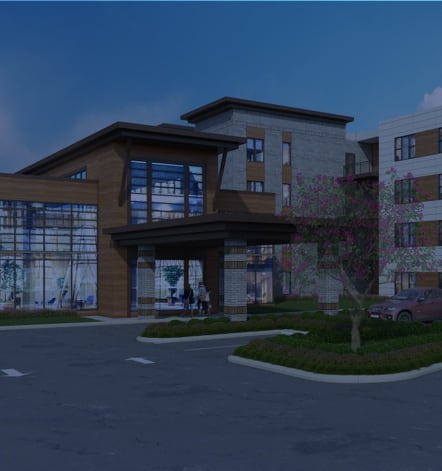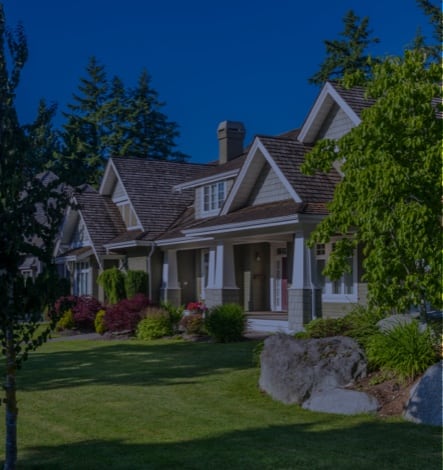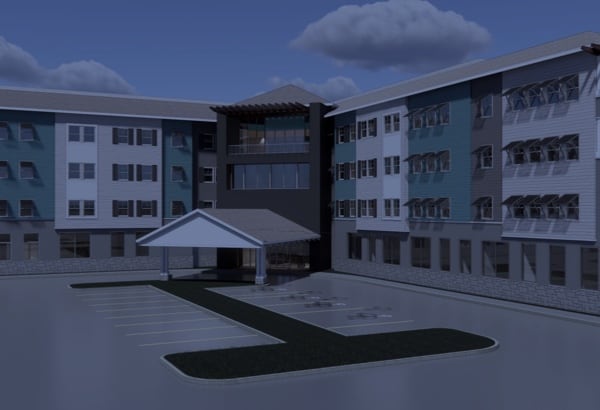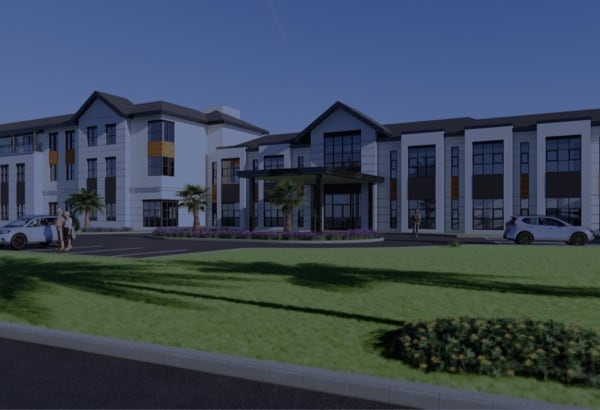Key Takeaways
- Buying a senior living community requires clear planning, market analysis, and expert guidance.
- Early groundwork includes assessing your goals, experience, and risk tolerance.
- Building a knowledgeable team helps avoid costly mistakes and strengthens strategy.
- Market studies and financial projections guide feasibility and investor confidence.
- Partnering with Distinctive Living Development supports success at every stage.
What to Know Before Buying a Nursing Home
The senior living industry presents a unique opportunity for investment. It’s a chance to build something meaningful that serves a growing population. But where do you even start?
Buying a senior living community or nursing home is a detailed process that involves foundational planning, deep financial analysis, securing funding, and managing a smooth transition. With the right support, you can navigate each step with a clear direction.
Laying The Groundwork For Your Investment
Before you start looking at properties, it’s helpful to build a strong foundation for your project. This involves understanding the industry, thinking about your own goals, and bringing together the right people. This early work sets the stage for your vision of community development.
Gaining a Deeper Understanding of the Business
First, it helps to learn about the operational side of senior living. You’ll want to understand the different types of senior living options available. This knowledge helps you see how revenue models work within the industry. Each has different care levels, regulations, and revenue structures, which affect how you invest in the business.
Assess Your Investment Readiness
Consider your own background and risk tolerance. Are you looking to be a hands-on operator, or do you plan to partner with a management team? Clarifying your role can help you choose the right path forward.
Build an Experienced Team
You don’t have to do this alone. Identify professionals who have a background in the senior living field. This could include consultants or other partners who understand the industry. With a fully assembled team, you’re giving yourself insight that can help you avoid costly missteps.
Market Research And Financial Analysis
A successful senior living investment starts with careful research and planning. A full analysis of the market and the financial picture forms the foundation of your business plan.
Run a Market Study
A market study begins by defining the geographic area for your potential community. Then, you can analyze local demographic trends and see what other communities are in the area. This helps you understand the need for senior living services.
Build Financial Projections
When the market study shows potential, the next step is creating detailed financial projections. This analysis is a key part of your business plan and is often reviewed by lenders. It helps you see the full picture of your investment, which you can show potential investors.
Your analysis should project potential revenues and operating costs. You’ll also want to account for all acquisition and startup costs. This information helps you develop a clear operating budget.
Securing Funding And Structuring Your Deal
With a strong business case in place, the next step is securing capital and finalizing legal frameworks.
Exploring Your Funding Options
Several avenues are available for financing the purchase of a senior living community. Common options include:
- SBA Loans
- Traditional Bank Loans
- Seller Financing
- Private Equity or Investor Groups
Most investors use an LLC or limited partnership model. Work with legal counsel to ensure you meet state and federal requirements, including provider agreements for communities accepting Medicare or Medicaid. Each option has different requirements and long-term implications. So, make sure you’re aligning your choice with your goals and timeline.

The Acquisition And Transition Process
After securing financing, the focus shifts to the practical steps of taking ownership. This phase is all about preparing for day-one operations. A smooth transition is important for everyone involved, and it sets the tone for your long-term success.
Navigating Licensing And Ownership Changes
When you buy an existing community, you’ll need to follow state-specific procedures. It is helpful to work with your team to navigate the licensing process. This includes working with the appropriate state agencies and a legal team whenever possible.
Hiring Your Leadership Team
Bringing key leaders on board before the transition can set your community up for success. You may want to start by identifying a community administrator and a director of care. They can then help hire other department heads, which reduces the stress of the administrative side.
Planning for a Smooth Operational Takeover
A well-organized transition helps create a positive environment for residents and team members. This includes setting up your banking systems, HR processes, compliance protocols, and resident communication plans. A transparent transition helps ease concerns and stabilize operations.
The Benefits of Partnering with Distinctive Living
Your investment is more than just a building. It’s a chance for positive community development. By providing quality programming and thoughtful management, you contribute to the lives of residents. This is at the heart of senior living community building.At Distinctive Living Development, we can guide you through every step of this process. Senior living development is what we do. We help investors navigate every stage of the journey—from market analysis and development to licensing and operations. Whether you’re launching your first project or expanding a portfolio, we’re here to help. Let’s connect, and together, we can talk about how we can support your investment.

















